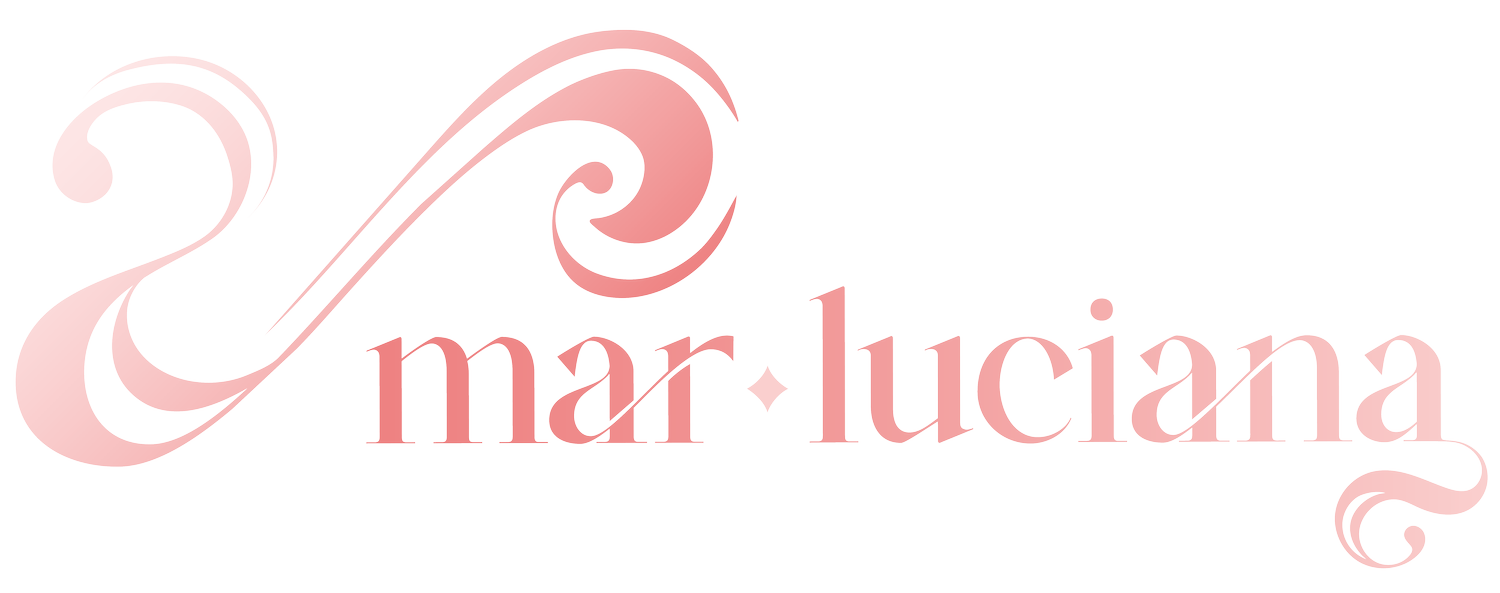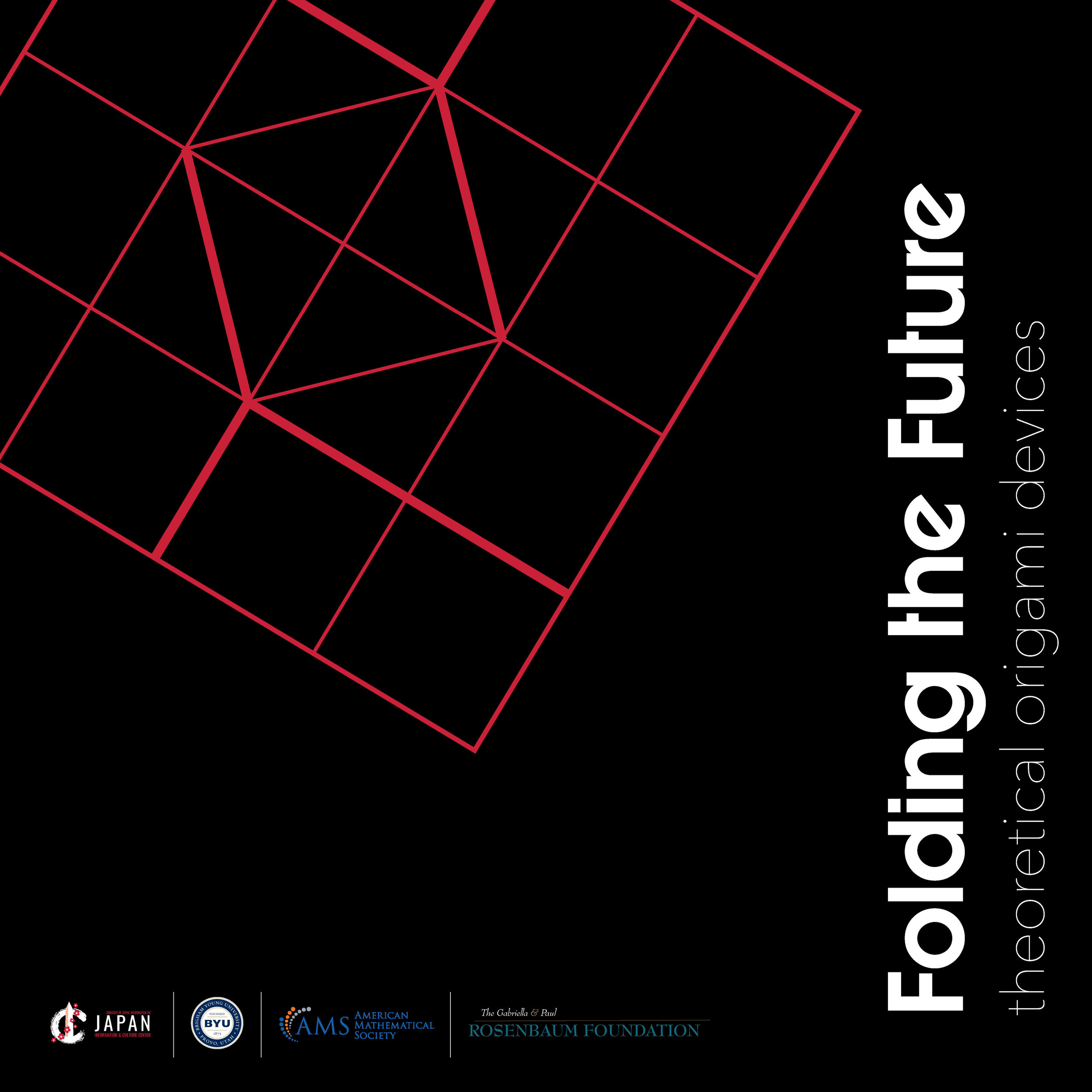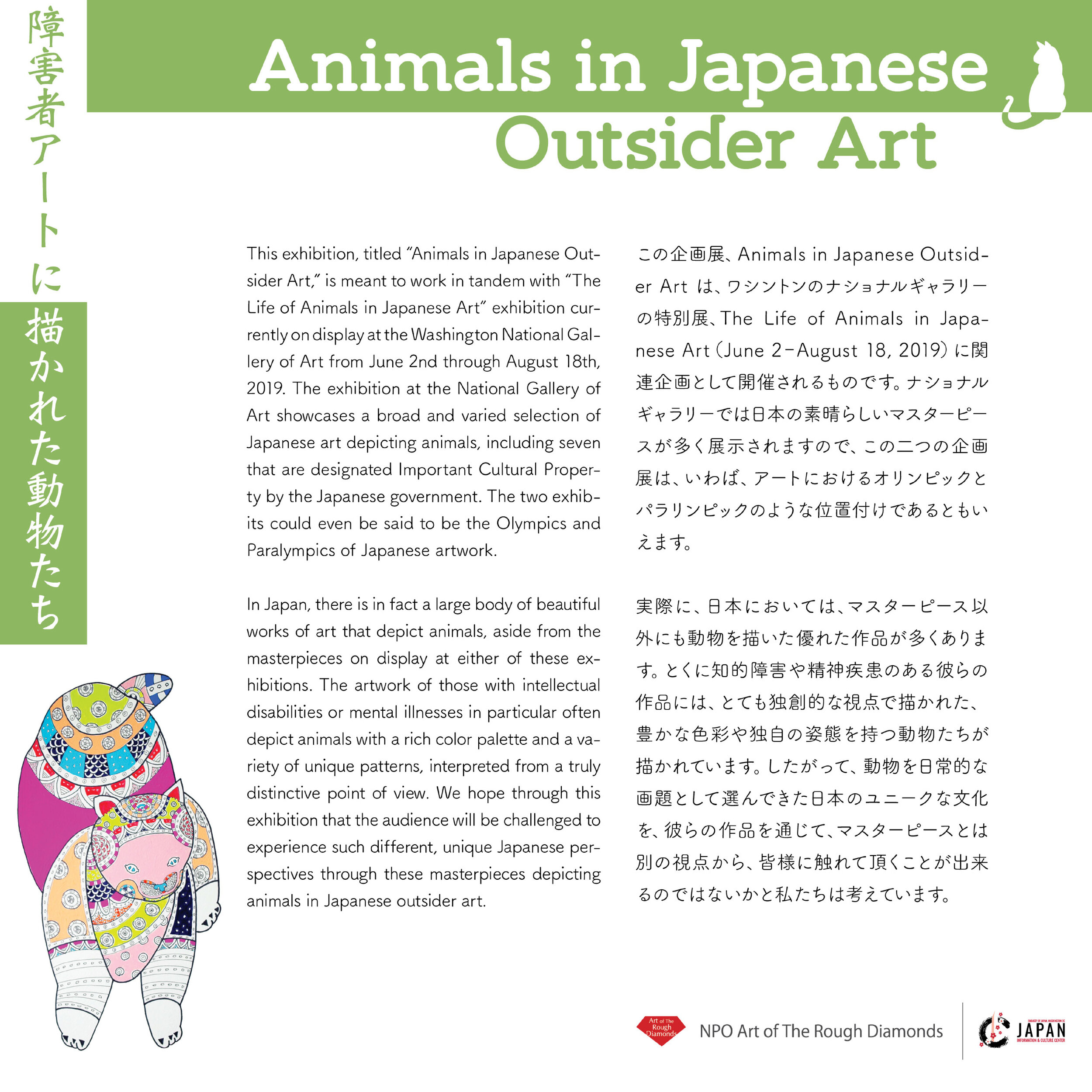a selection of exhibition panel designs for the Japan Information & Culture Center, Embassy of Japan. additional exhibition photos and examples of work available upon request.
Ocha & Wagashi
Posters, Exhibition Panels, & Promotional Postcards produced for a mini-exhibition series, “Ocha & Wagashi: Experience Traditional Japanese Tea & Sweets.” (2018). Read more here.
Clients: The Japan Information & Culture Center, Embassy of Japan, Matsukawaya Co., LTD, Myokoen, & Teaism.
There are many ways to experience a culture. Each culture’s distinct flavor can been seen in its customs, lifestyles, food, and industry. For some, culture is experienced in the rhythm of life or through its products.
However, food is the most revealing aspect of culture and there is no better way to experience it than through tea, that universal "sensory experience" enjoyed by people around the world. Tea has been enjoyed in Japan for nearly a thousand years and Japan’s distinct cultural flavor is evident in its "tea culture."
There are two essential ingredients of tea culture in Japan: ocha (tea) and wagashi (sweets). The history and culture of both are intimately connected and that is what this program hopes to bring to you. See, learn, and experience these important cultural ingredients with masters and artisans from the lead makers of ocha and wagashi.
Folding the Future
Exhibition panels designed for the annual fall origami exhibition at the JICC, “Folding the Future: Theoretical Origami Devices.” (2018). Read more here.
Clients: The Japan Information & Culture Center, Embassy of Japan, Bringham Young University, & The Gabriella & Paul Rosenbaum Foundation
For hundreds of years, the art of folding paper – origami, to use its Japanese name – served two entirely aesthetic purposes: as an entertaining craft, and as a symbolic decoration. In the middle of the twentieth century, however, the practice underwent an artistic renaissance as artists and craftspeople developed new and innovative methods of designing and folding their intended forms. The practice also underwent another change: origami came into the world of science and engineering, and both fields have been immeasurably enriched. Who would have thought the art of origami would be a catalyst for new discoveries in science, engineering, mathematics, and design?
The JICC is excited to present the next series of our annual origami exhibition, Folding the Future: Theoretical Origami Devices. This exhibition presents designs developed at Brigham Young University, where research has been conducted based on the hypothesis that products and engineering systems can be designed to achieve the motions found in origami, with similar levels of efficiency, but using different materials and processes that would enable them to meet emerging product needs. All pieces and prototypes exhibited were featured in Y Origami? Explorations in Folding, a 2017 book published by American Mathematical Society.
In[CREASE]
Exhibition panels designed for the annual fall origami exhibition at the JICC, “In[CREASE]: An Exploration in the Language of Folding.” (2019). Read more here.
Clients: The Japan Information & Culture Center, Embassy of Japan, & Local Artist & Architect, Nooni Reatig.
Nooni Reatig works in materials well outside the scope of traditional origami—anything outside of paper (the gami in origami means “paper”) would be outside that scope—but her folds (the ori part of the word) remain true to the spirit of the form. In yet another inversion, she works with these materials by hand (and foot), defying the accepted modern practice of smithing/crafting by machine. It is our hope that, in viewing the ways Ms. Reatig has shaped and redefined her materials, you will appreciate the way origami is an art of tactile manipulation by the artist, and how rare a luxury it is for something to be made entirely through an artist’s or artisan’s direct, manual involvement with a material.
Animals in Japanese Outsider Art
Exhibition panels (+ publicity stickers & scavenger hunt sheets) designed for the “Animals in Japanese Outsider Art” summer exhibition, which was meant to work in tandem with the “Life of Animals in Japanese Art” exhibition at the National Gallery of Art. (2019). Read more here. Cats used as a design motif illustrated by Michiko Matsumoto.
Clients: The Japan Information & Culture Center, Embassy of Japan, & NPO Art of the Rough Diamonds.
This exhibition, which is meant to work in tandem with the exhibition "Life of Animals in Japanese Art" at the National Gallery of Art, features beautiful works of art created by those with intellectual disabilities or mental illnesses. The two exhibits could even be said to be the Olympics and Special Olympics of Japanese artwork.
The artwork of those with intellectual disabilities or mental illnesses in particular often depict animals with a rich color palette and a variety of unique patterns, interpreted from a truly distinctive point of view. We hope through this exhibition that the audience will be challenged to experience such different perspectives through these masterpieces depicting animals in Japanese outsider art.




































